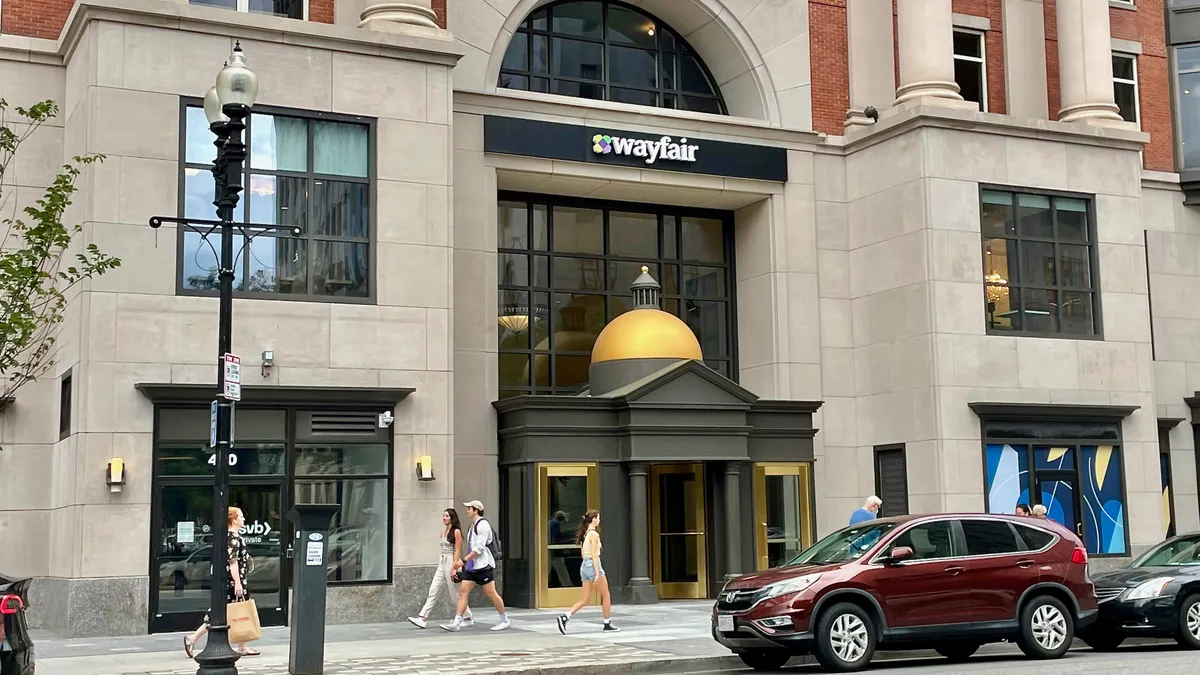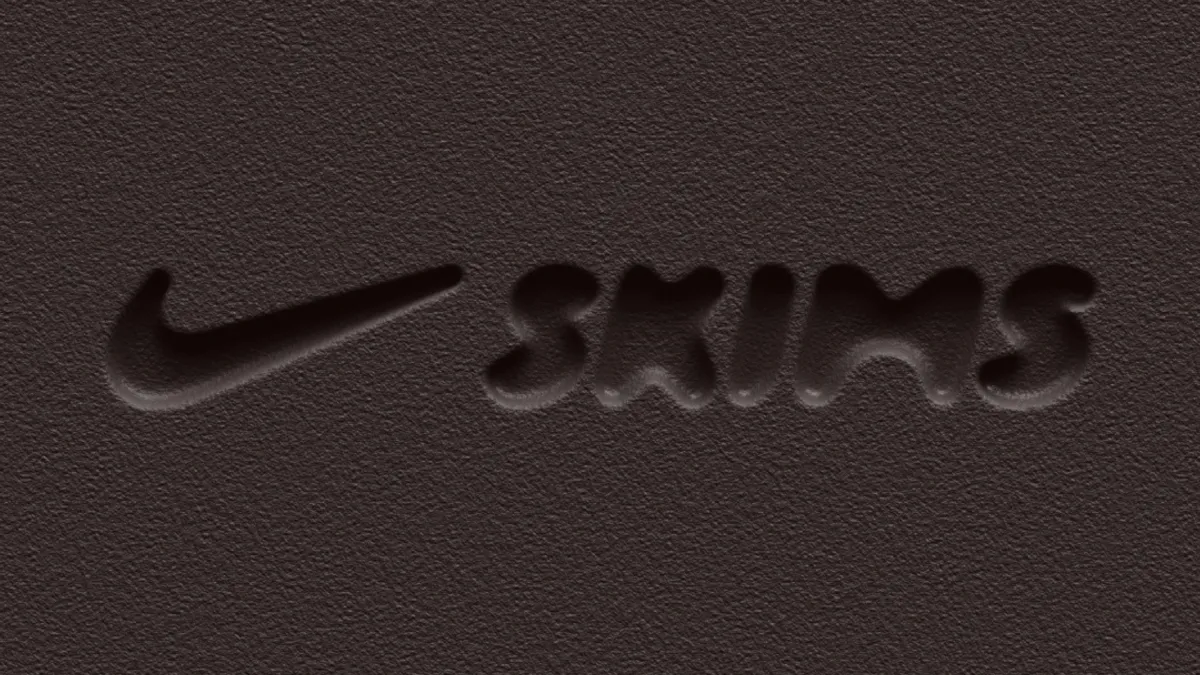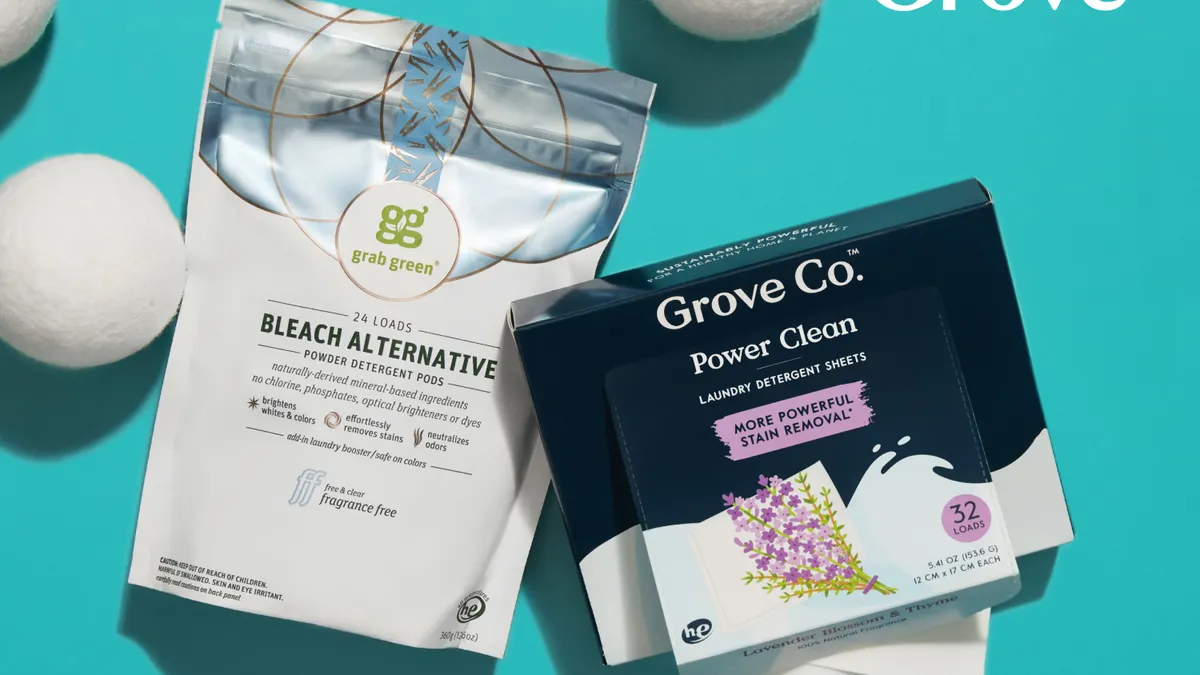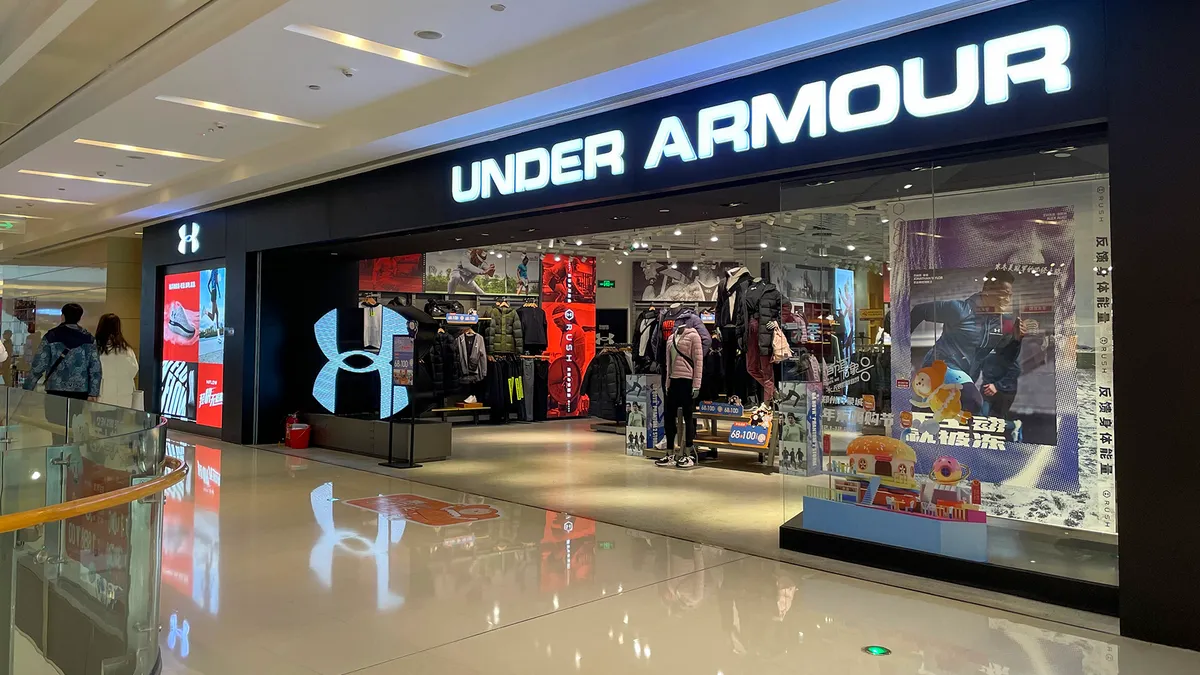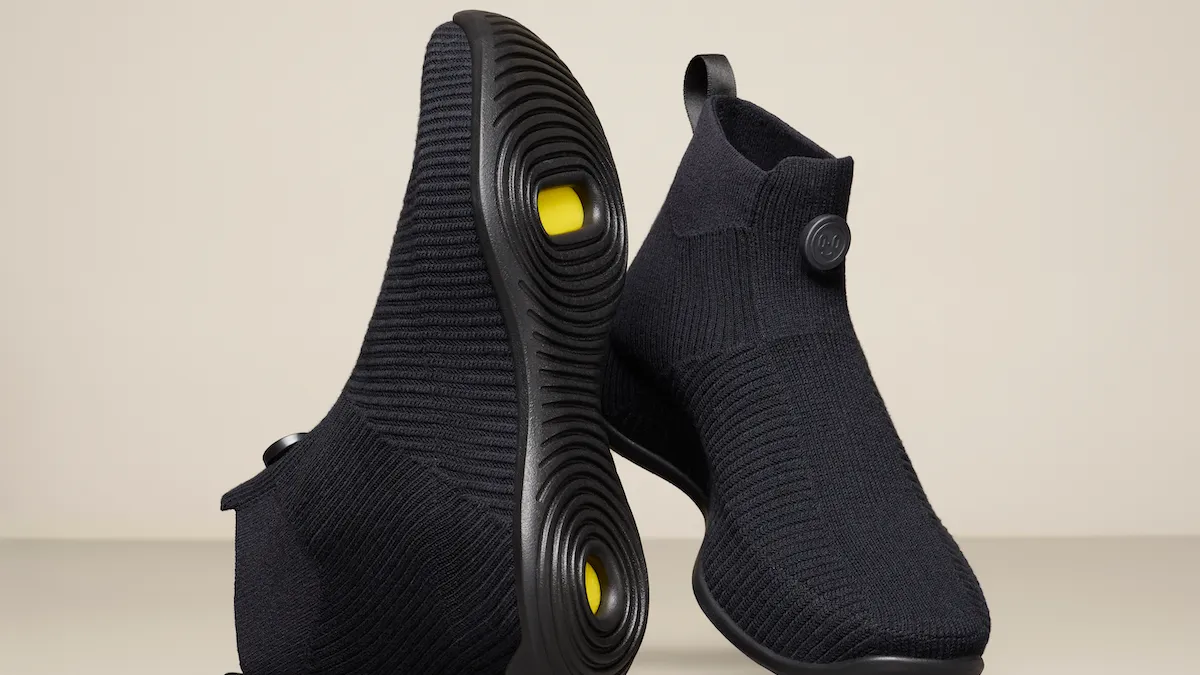On May 5, Zulily—a flash sale website catering to mothers and their tots, and a once shining star of the e-commerce space—reported a disappointing earnings outlook, downgrading its Q2 revenue expectations from $361.7 million to somewhere between $285 million to $300 million.
Launched in 2010, Zulily is one of the only flash sale sites to go public. After its initial public offering (IPO) in 2013, its shares soared to a $7 billion market cap in February 2014—only to plummet soon after to its lowest point since its IPO.
But Zulily has still fared better than many of its other limited-time merchandising competitors. Launched in 2009, Totsy, another flash sales site targeting to new moms and children, entered liquidation and laid off all its staff in May 2013—just a year after the number of unique visitors to the site skyrocketed 1,140%.
Are Totsy and Zulily’s rise and fall the new norm for flash sales companies? Here's a look at why the flash sales boom may be over—and what's next for the companies in the space.
The spectacular rise and plateau
The economic recession and ensuing recovery are partly to blame for both the rapid popularity and ultimate plateau of the flash sale model, according to research firm IBISWorld.
Entering the U.S. market in 2007 with the launch of Gilt Groupe, these sites specialized in attracting bargain-seeking customers during tight times, with the flash sale model initially finding success. But as consumers' financial situations improved and the economy recuperated, flash sale sites have struggled to retain these same customers.
Flash sale websites benefited from the struggles of traditional retailers: As store sales of high end brands dropped dramatically during the recession, manufacturers became inundated with access inventory. Enter the flash sale concept to ease this burden.
“As demand for apparel items and accessories faded, manufacturers became desperate to find buyers to unload excess inventory. This surplus of high-end products provided the perfect opportunity for flash sales to emerge and fill a niche in the market,” reads IBISWorld’s report, “Online Fashion Sample Sales in the US.”
But as the economy improved, so did demand for high-end items. Meanwhile, brands themselves started to scale back production of luxury goods to avoid tarnishing their luxury image.
“There’s only so much supply and there’s an incentive for brands to not have excess inventory. Every piece that you sell at a discount kind of undermines the attribute of your brand. So it’s definitely a very careful dance for the brands themselves,” Nikki Baird, Managing Partner at Retail Systems Research, told Retail Dive in an interview.
Suddenly, the vast excess of goods was diminished and flash sale sites lost their bargaining power with now-stable manufacturers as they competed against other off-price retailers like T.J. Maxx.
“The fundamental challenge that anyone in the off-price sector has is how to acquire inventory — enough supply to drive sales and at a cheap enough price to drive volume,” Forrester analyst Sucharita Mulpuru told Business of Fashion. “The big off-price retailers [such at T.J. Maxx] can make enormous buys, discreetly dispose of it and everyone is happy. But the supply of liquidated inventory isn't big enough even for them. That's why those big guys need to manufacture merchandise, or they make early buys and pre-commit to merchandise to increase their access to supply. Flash sales sites are much smaller and just don't have the purchasing power.”
Supplement these troubles with customer service issues, a smaller selection of sizes and colors, and unappealing shipping rates when compared to larger apparel retailers, and the industry has seen a dramatic slowdown of growth in the last five years. From 2005 to 2010, industry revenue growth grew at an average annual rate of 76.2%, according to IBISWorld. Since 2010 to 2015, that has declined to 16.7% annual growth.
Once-hot flash sale businesses are now struggling to rediscover the success they found during the recession. Totsy entered liquidation and laid off all its staff in May 2013. After receiving $107 million in venture capital from 2007 to 2013, Ideeli was acquired by Groupon in January 2014 for just $43 million in cash. The most recent burnout, Fab.com, sold to PCH International in March for what is reported to be just a fraction of its $1 billion valuation after failing to transition from flash sales to traditional e-commerce. Even the top three flash sale companies that have survived—Zulily, Gilt, and Rue La La—are seeing revenue growth level out.
What’s next?
While revenue growth continues to flatten, there may still be hope for the flash sale sector—if companies are willing to change and adapt. Look for flash sale companies to start to diversify their offerings and continue to merge with one another to remain competitive.
“If the brand of some of these flash sales companies itself is really good—Gilt and Rue La La, those are the two that always roll off the tongue—they can have a brand of their own,” said Baird. This may include partnering with a designer or manufacturer to produce their own, name-branded line of products.
Baird also sees opportunity in the hybrid retail space, where players like Trunk Club and StitchFix send subscription members limited time clothing curated to their tastes.
“That kind of hybrid model, I think that’s where we’ll see more activity. It's sort of like flash sales: It’s limited availability, there’s a sense of exclusivity and curation, but maybe it’s a little bit more push and subscription rather than, ‘I’m going to tell you all my sales and push you onto my site and check out my sales,’” said Baird.
Gilt Groupe is the flash sale site closest to this business model. The retailer recently announced it is diversifying beyond the traditional online flash sale model, testing a personal closet service where customers speak with one of the company’s stylists before shopping at a physical showroom at the company’s headquarters. Gilt saw an 85% conversion rate when they shopped in the showroom, according to Women's Wear Daily, and 93% of customers said that they would come back.
Gilt is also trying to trim costs and plans to grow the business through increased marketing and international business. "We strongly believe we can get back to stronger growth, particularly as we find efficiencies and spend-up marketing" Gilt CEO Michelle Peluso told Business Insider. "There's still a lot of fun ahead for Gilt."
But does this “fun” translate to flash sales becoming a major part of the e-commerce market? That's doubtful, according to Baird.
“I think it’s a here-to-stay part of the retailing landscape,” Baird told Business of Fashion. “But for me, the biggest indicator of the growth potential for this industry is the amount of inventory available to supply it. For the brands that supply this market, there is greater incentive to not have any clearance inventory left and thus capture as close to full price — and full margin — as possible. With that incentive in place, I doubt that flash sales will ever take over a huge chunk of the retail market.”








